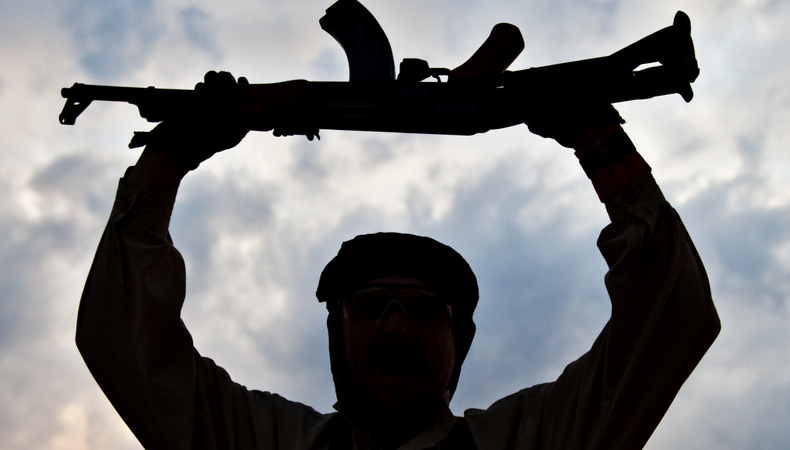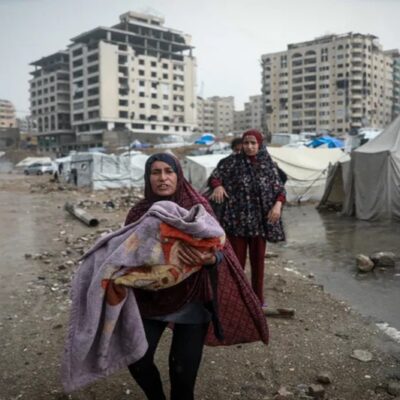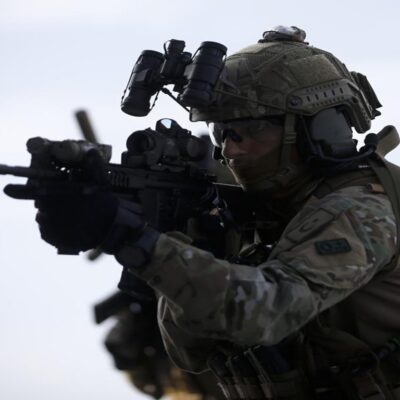How is the jihadist threat evolving in the Arab world?

Yesterday we wrote about how the jihadist threat of the self-styled Islamic State has not yet been completely defeated in Syria and Iraq. But how is this threat evolving in the rest of the Arab world? Experts say the shadow of jihadism has changed in recent years.
Now we could speak, according to analyst Georges Fahmi, of a well-developed “market of violence” managed by different groups, each of which seeks to optimize its market share. Local jihadist movements are divided into three main categories. The first is made up of Salafi groups affiliated with Daesh and include both those operating in the Sinai Peninsula- the so-called Wilaya del Sinai, responsible for 80 percent of the attacks recorded from 2018 to today – and those active across Egypt, Cairo and Giza in particular, under the name of “Islamic State in Egypt”.
The second category includes other Salafist groups, but this time affiliated with al-Qaeda, such as Jund al-Islam (the Soldiers of Islam), present in the Western Desert, and Ansar al-Islam (the Partisans of Islam) operating in the north of Sinai. Finally, the groups attributable to the Muslim Brotherhood such as Hasm (Arabic acronym for the Movement of the Arms of Egypt) and Liwa al-Thawra (Banner of the revolution), which emerged on the scene starting from 2015, after the dismissal of Morsi, responsible for various attacks against religious and security personalities close to the military.
In neighbouring Libya,the jihadists seem to have lost the initiative. After the defeat, between the end of 2016 and the beginning of 2017, of the jihadist groups from the Islamic Youth Council, which later joined the Daesh, to Ansar al-Sharia, and the loss of their strongholds in Sirte and Derna, extremists mainly concentrated in the Fezzan region, in the south of the North-African country. The recruitment strategy here focuses on the most economically vulnerable communities, always excluded from the oil windfall, with the promise of easy money. An important development in 2020 was the killing of the local Daesh leader, Abu Moaz al-Iraqi, by the Libyan National Army loyal to General Khalifa Haftar.
Other cells in the group would be scattered throughout the country’s main cities and keep a low profile. Jihadists close to al-Qaeda, such as the Abu Salim Martyrs’ Brigade, named after a well-known detention center for political prisoners under Gaddafi, have also sought refuge in the south, where they have converted into gangs smuggling human beings, weapons, and drugs.
“America risks handing Afghanistan over to the Taliban,” The Economist warned a few weeks ago, before the latest announcement of the withdrawal of US troops from the country, which should end by 11 September. The surge in attacks in recent months does not bode well. The 2020 budget speaks of 2,248 soldiers (between pro-government forces and multinational contingents) and 1,460 civilians killed in the attacks and clashes. A pace that seems to continue this year too: about 900 soldiers and 300 civilians killed to date.
In the Asian country, Daesh connections are becoming increasingly alarming. The Afghan government had already proclaimed, in November 2019, the “definitive defeat” of Daesh in Khorasan – as the local “branch” calls itself – following a large operation in the province of Nangarhar, on the border with Pakistan. To be proved wrong shortly after.
The terrorists of the Caliphate were responsible for the bloodiest attacks, such as the attack conducted by four suicide bombers against the Sikh temple in Kabul in March 2020 and the assault conducted by suicide bombers against the University of Kabul last November.




